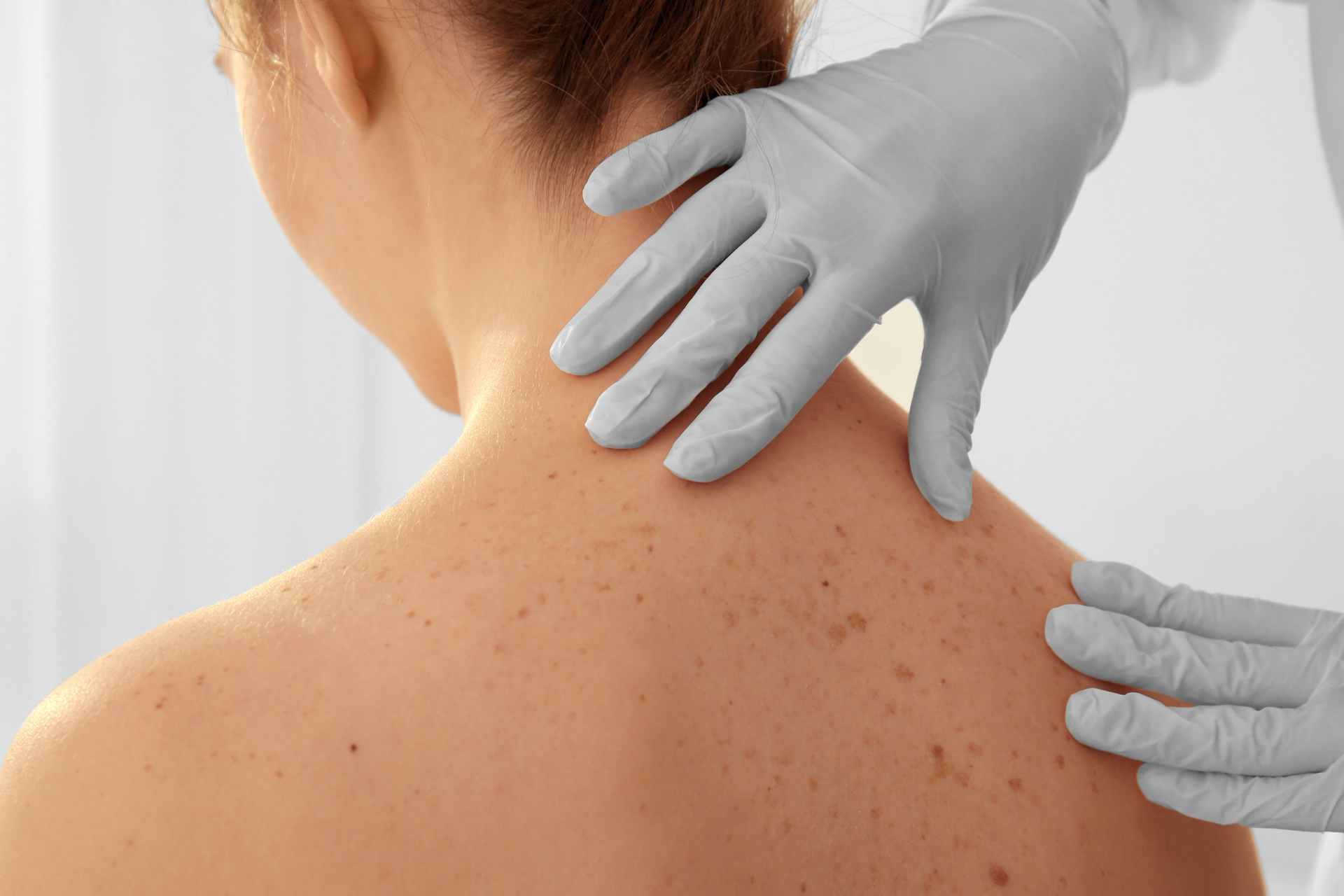The skin is not merely a protective barrier; it is a complex, dynamic ecosystem populated by billions of microorganisms that play essential roles in maintaining skin health. This microbial community — referred to as the skin microbiome — includes bacteria, fungi, viruses, archaea, and mites. These organisms reside on the surface and within the deeper layers of the skin, forming an intricate network that interacts constantly with host cells, environmental stimuli, and one another.
Recent advances in molecular biology, metagenomics, and microbiology have revolutionized our understanding of the skin microbiome, showing that its composition and functions are far from passive. Alterations in the skin microbial community — a condition known as dysbiosis — have been associated with numerous dermatological diseases, including acne, atopic dermatitis, psoriasis, rosacea, and more. At the same time, novel therapeutic strategies that aim to restore a balanced skin microbiome are being explored, ranging from probiotics and prebiotics to bacteriophage therapy and microbial transplants.
This article explores the core components of the skin microbiome, its essential functions in maintaining health, the mechanisms by which its disturbance can contribute to disease, and the future of skin microbiome-based diagnostics and therapies.
The composition of the skin microbiome
Microorganisms on the skin can be divided into two main categories:
- Resident microbiota: these are long-term inhabitants of the skin, acquired during birth and early life. They are stable, adapted to specific niches, and contribute to host homeostasis.
- Transient microbiota: these organisms are acquired from the environment and may not establish permanent residence unless conditions (e.g., immune suppression or barrier disruption) allow them to persist.
Each individual’s skin microbiome is as unique as a fingerprint, influenced by genetics, age, environment, diet, hygiene practices, and anatomical site.
Main bacterial phyla
The most common bacterial phyla on the human skin are:
- Actinobacteria (51%) – including Cutibacterium and Corynebacterium species
- Firmicutes (24%) – including Staphylococcus species
- Proteobacteria (16.5%)
- Bacteroidetes (6.8%)
Key genera and species
- Staphylococcus epidermidis. A dominant and typically beneficial commensal, S. epidermidis plays a protective role by producing antimicrobial peptides (AMPs) and enhancing the host’s innate immune responses. However, under certain conditions, it can form biofilms and become pathogenic, especially in immunocompromised individuals or those with indwelling medical devices.
- Staphylococcus aureus. Though often part of the normal flora, S. aureus is a known opportunistic pathogen, particularly in patients with atopic dermatitis. It can exacerbate inflammation, compromise the skin barrier, and develop resistance to antibiotics.
- Cutibacterium acnes (formerly Propionibacterium acnes). A key resident in sebaceous areas, C. acnes is involved in skin homeostasis but also in acne pathogenesis. Specific strains are associated with disease, whereas others are linked to healthy skin.
- Corynebacterium species. These bacteria thrive in moist areas and contribute to body odor production. They also interact with immune cells, though their role in health and disease is still being elucidated.
Non-bacterial components
- Fungi: malassezia species dominate the skin mycobiome, especially in oily regions. Some species are implicated in seborrheic dermatitis and dandruff.
- Viruses: including bacteriophages that infect skin-residing bacteria and human viruses such as HPV.
- Archaea and mites: less studied, but emerging evidence suggests they contribute to skin health and disease.
The role of the skin microbiome in health
Barrier function
The microbiome reinforces the skin’s physical barrier by:
- Occupying niches that could otherwise be colonized by pathogens.
- Producing antimicrobial substances (e.g., bacteriocins, fatty acids, peptides).
- Modulating the host’s pH and hydration.
Immune regulation
Microbial metabolites (e.g., short-chain fatty acids, tryptophan derivatives) influence the innate and adaptive immune systems. Commensals promote immune tolerance, while pathogens can trigger inflammation.
S. epidermidis, for example, induces the expression of AMPs via Toll-like receptors (TLRs) and supports wound healing.
Sensory and metabolic functions
Recent studies suggest that the microbiome may affect the skin’s sensory responses and metabolome. Microbes process skin lipids, release volatile compounds, and may even influence neuroimmune communication.
Dysbiosis and skin disease
When the microbial balance is disrupted — due to antibiotics, poor hygiene, immune dysfunction, or genetic factors — dysbiosis can lead to or exacerbate skin disorders.
Common dysbiosis-linked dermatological conditions
- Acne vulgaris. Involves overgrowth or pathogenic strain dominance of C. acnes. Inflammatory responses to its porphyrins and lipases contribute to lesion formation
- Atopic Dermatitis. Characterized by decreased microbial diversity and dominance of S. aureus. Linked to barrier dysfunction and heightened Th2 immune responses
- Psoriasis. Dysbiosis includes increased Streptococcus and Malassezia. Immune activation via IL-17 and IL-23 pathways plays a key role
- Rosacea. Altered composition of facial skin microbiota and Demodex mite overgrowth
- Seborrheic dermatitis and dandruff. Overgrowth of Malassezia species in sebaceous areas
- Wound healing impairment. Biofilms of pathogens (e.g., Pseudomonas, Staphylococcus) delay repair.
- Vitiligo and autoimmune diseases. Altered microbial communities may modulate melanocyte-targeted autoimmunity
Therapeutic and diagnostic applications
Probiotics (topical and systemic)
Live microorganisms administered to improve microbial balance and skin health.
- Topical application of S. epidermidis or non-pathogenic C. acnes strains may reduce inflammation and pathogen load.
- Oral probiotics, including Lactobacillus and Bifidobacterium, show promise in atopic dermatitis.
Prebiotics
Substrates that nourish beneficial skin microbes.
- Examples: inulin, oligosaccharides, plant-derived sugars
- Found in some moisturizers and cleansers
Postbiotics and bacterial lysates
Non-viable microbial products that exert health benefits.
- Fermentation products, enzymes, and cell wall fragments modulate immunity and enhance barrier repair.
Phage therapy
Use of bacteriophages to selectively target and destroy pathogenic bacteria without harming commensals.
- Potential for acne and S. aureus-driven conditions
Skin microbiome transplants
Still experimental, involves transferring skin microbiota from healthy donors to restore balance.
- Considered for chronic wounds and inflammatory skin diseases
Cosmetic and environmental modulation
- Use of functional textiles that influence skin microflora
- Application of thermal water rich in beneficial microbes
- Development of skincare lines tailored to individual microbiome profiles
Diagnostic advances
Modern tools to study the skin microbiome include:
- 16S rRNA and shotgun metagenomic sequencing. Identify microbial composition and strain-level variations
- Culturomics. High-throughput culture-based techniques to isolate fastidious microbes
- Metabolomics and transcriptomics. Assess microbial function and interaction with the host
These technologies enable personalized dermatology and open new frontiers in preventive and precision medicine.
Conclusion
The skin microbiome is an essential partner in the maintenance of cutaneous health and a key player in the pathogenesis of numerous dermatological disorders. Our expanding knowledge of its composition, function, and clinical relevance opens the door to a new era of microbiome-centered therapies and diagnostics.
Future dermatology will likely include microbiome profiling as part of standard skin assessments, and therapeutic approaches will increasingly target microbial communities rather than individual pathogens. In this evolving landscape, restoring and preserving microbial balance will be just as important as treating the visible symptoms of disease.









